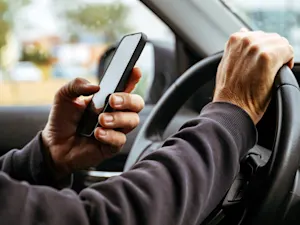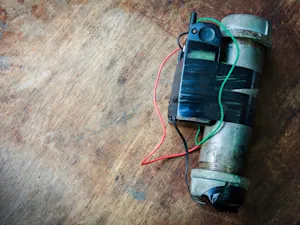
What Is Card Skimming and How to Avoid It
Imagine swiping your card at a gas station, only to find out later that your bank account has been drained. This scenario is all too common due to a practice known as skimming. By understanding what skimming is and how it happens, you can take the proper measures to protect your card information from these stealthy thieves.
What Is Skimming?
Skimming is a method used by identity thieves to steal payment and personal information from unsuspecting credit card holders. This happens using a small device known as a skimmer to read and capture the data stored on a card's magnetic strip or microchip. Once the criminal has acquired your card information, they can make purchases, withdraw money, and even sell the stolen information on the black market.
How Skimming Works
Skimming can happen any time you use a card at a physical location. Thieves employ various methods to steal card information, from simple to highly advanced techniques. The most basic form of skimming involves simply photocopying or taking digital photos of the card information. However, more advanced methods involve the use of skimming devices at ATMs, gas stations, and other point-of-sale terminals.
Thieves can also use a small device to swipe a card and capture its information easily from your purse or wallet. Some skimmers also use a touchpad to capture entered security codes. These devices can be easily installed on gas pumps or card readers in stores and are sometimes accompanied by hidden cameras to record transactions and PIN entries.
Most Common Skimming Methods
- External Devices: designed to copy data from the card's magnetic stripe when swiped.
- Fraudulent Card Readers or Keyboards: overlaid on legitimate terminals, devices that capture card data and PINs.
- Internal Devices: installed inside payment terminals, they capture chip data.
- Hidden Cameras: placed on ATMs to record transactions and card PINs.
- Malware: installed in terminals to steal card data and perform unauthorized transactions.
Protecting Yourself From Skimming
-
Inspect the machine: Before using any machine, check for signs of tampering. If the card reader looks loose, crooked, or damaged, or if the graphics are misaligned, do not use it. Compare it to another nearby machine if possible. Differences such as one machine having a flashing card slot while the other does not could indicate tampering.
-
Avoid non-bank ATMs: Always use your bank when available. According to FICO, 60% of skimming incidents occur at privately owned ATMs. These machines — often located in convenience stores, bars, and gas stations — are more likely to be targeted by thieves.
-
Shield your PIN: When entering your PIN, cover the keypad with your other hand to block any hidden cameras from recording your number. It may seem simple, but it can prevent thieves from capturing your PIN and accessing your account.
-
Use mobile payment options: Consider paying with a mobile wallet such as Apple or Samsung Pay. This method is secure because it tokenizes your credit card information, making it useless to thieves if intercepted. You can also often pay vendors with third-party apps like PayPal and Venmo, which offer similar protection.
-
Pay inside: If you are unsure about the safety of a gas pump or if the machine hasn't been updated to accept mobile wallet payments, go inside the service station to pay. Taking an extra minute to walk inside can prevent fraud.
-
Sign-up for fraud alerts: If available, take advantage of fraud alert systems offered by your card provider. These alerts can notify you immediately if suspicious activity is detected on your account.
Understanding skimming and how to prevent it is essential for anyone using electronic payment methods. By being aware of the common tactics used by skimmers and taking simple steps to protect your card information, you can significantly reduce the risk of falling prey to this type of fraud.
References: Skimming: What It Is, How Identity Thieves Use It | Skimming: What is it and how to protect yourself against it? | Ten Tips to Prevent Card Skimming Fraud























